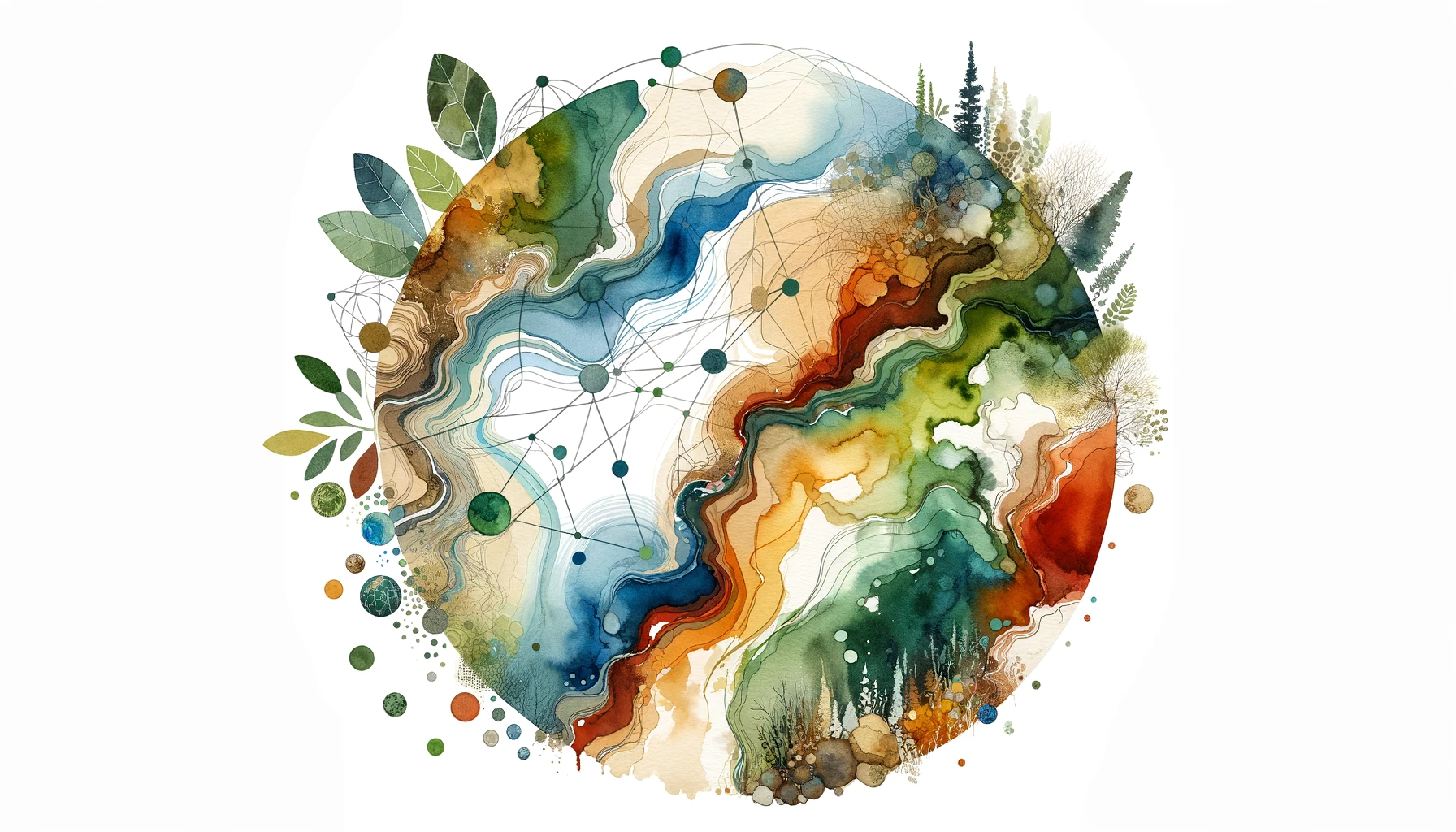"CZNet is not just studying the Earth's critical zone; it is at the forefront of efforts to maintain the balance vital for life."
Author Credits:
Elizabeth W. Boyer, Penn State University; Emma L. Aronson, University of California Riverside; Holly R. Barnard, University of Colorado Boulder; Steve Holbrook, Virginia Tech; Lixin Jin, University of Texas at El Paso; Praveen Kumar, University of Illinois at Urbana-Champaign; Deanna McCay, Consortium of Universities for the Advancement of Hydrologic Science, Inc.; Holly A. Michael, University of Delaware; Jeffrey S. Munroe, Middlebury College; Julia N. Perdrial, University of Vermont; Jordan S. Read, Consortium of Universities for the Advancement of Hydrologic Science, Inc.; Claire Welty, Center for Urban Environmental Research.

 Big Data
Big Data
